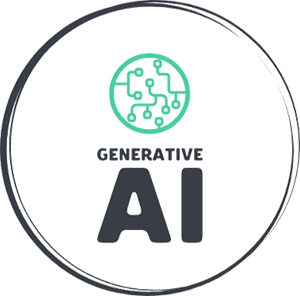
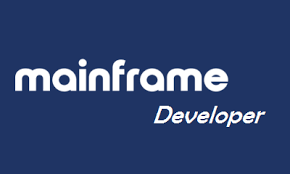

Course Outline
You will be understanding the concepts of Z series Mainframe and its
Operating System. Learn the evolution of Mainframes.
• Introduction to Z Series Mainframe, ZOS and Software used in the
System
• ZOS Concepts
• Connecting Mainframe Server thru Emulator
• Online Vs Batch Processing
You will be learning how to connect to Mainframe and start using the Menus
and its varied Options
• 1.Creating PS and PDS
• Working with Datasets using Primary commands and Line
commands 3. Using Utiliy Options 3.2,3.3,3.4,3.13,3.14
You will be learning the concepts of JCL (Job control language) that acts as
an interface with ZOS and Programs. Also, you will be learning about IBM
utility programs.
• JCL Introduction, JES3 subsystem
• Job card and its Parameters (Positional and Keyword)
• IBM Utility IEFBR14
• IBM Utility IEBGENER
• Temp Files, COND parameter
• IBM Utility IEBCOPY
• IBM Utility SORT
• PROC (Catalog)
• RESTART/Overriding Parameters
You will be learning advanced file management system namely VSAM and
how to create and store data in it VSAM and its Advantages over PS
• VSAM file Types
• Data Organization in VSAM files
• ESDS and KSDS file Creation and REPRO
• LISTCAT
• 5.AIX Creation
• Build Index
You will be learning on how to use one of the most used programming
language of the World namely COBOL and how to write logical programs
with data from varied sources like SYSIN, files and Database
• COBOL Introduction
• DIVISION, SECTIONS, PARAS, SENTENCES, STATEMENTS
• ACCEPT/DISPLAY/STOP RUN Commands
• 4.Evaluation Expression like IF, EVALUATE
• MOVE Command in detail
• PARAs
• INLINE and OUTLINE PERFORM
• Arithmetic Expressions
• ROUNDED, ON SIZE ERROR
• 10.Arrays
• 11. SEARCH/ SEARCH ALL
• 12. Sequence control statements GO TO, SEQUENCE, EXIT,
CONTINUE, NEXT SENTENCE, GOBACK
• 13. Using PS files as Input and Output
• 14. Using VSAM files as Input and Output
• 15. VSAM files in Random and Dynamic Processing
• 16. Common Production Abends
• 17. Sub programs
• 18. Static and Dynamic Calls
• 19.Report Writing concepts
• 20. Page Break Logic
• 21. Using Copybooks
You will be learning about Basic SQL and how to create Table and use the
Table. You will be learning on how to write COBOL programs with data
from DB2 Tables.
• Views
• Different types of Joins
• Union, Union All
• Sub queries
• DCLGEN (Host Variables)
• SQLCA
• Writing simple COBOL-DB2 Programs
• Reading a file and inserting data into an Empty Table
• Cursors
• Commit/Rollback
• Db2 Compilation procedure
You will be learning how to write real time programs using CICS command
level programs by embedding CICS commands in COBOL programming
language.
• BMS Concepts
• Creating Multiple Maps in a Mapset
• 3.Creation of Symbolic Map
• Pseudo Conversational Programming Technique
• Writing Pseudo Conversational Programs
• Understanding Mapfail condition
• Understanding variables in DFHEIBLK
• COMMAREA
• Copybooks DFHAID, DFHBMSCA
• LINK/XCTL
5
• Using VSAM KSDS files in Online
• Writing Programs using KSDS files
• Using Db2 Tables in Online CICS Region
• ASKTIME, FORMAT TIME
• TSQ and TDQ on a high level
Popular Courses


AWS Solution Architect Associate
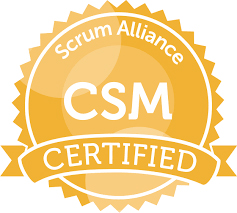
Certified Scrum Master Training
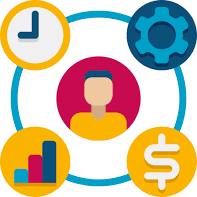
Project Management
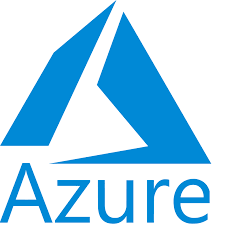
Devops via Microsoft Azure
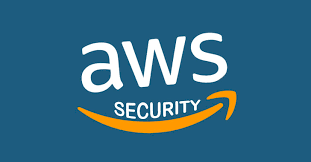
AWS Cloud Security
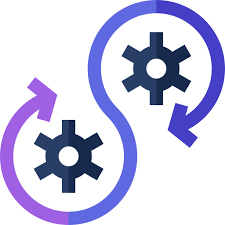
DevOps Training

Docker & Kubernetes
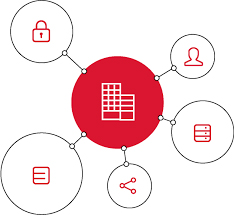
HyperConverged Infrastructure
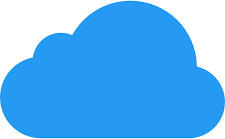
Building Private Cloud
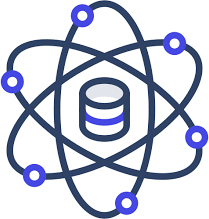
Data Science

Oracle

Nutanix Enterprise Cloud Administration (ECA)

Nutanix AAPM (Advanced Management)
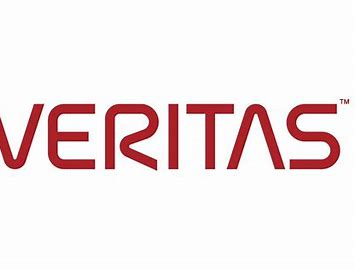
NetBackup 10 Administration
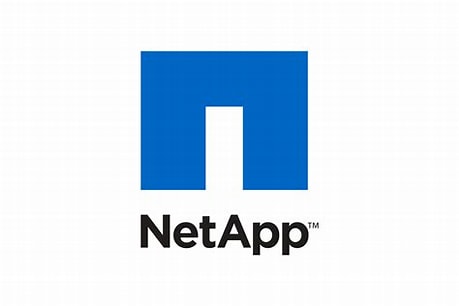
NetApp ONTAP Admin + Data Protection

NetApp Hybrid Cloud Administrator
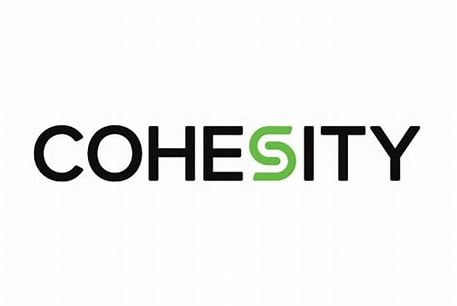
Cohesity Backup Admin
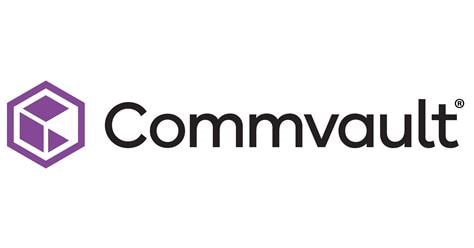
CommVault Professional





